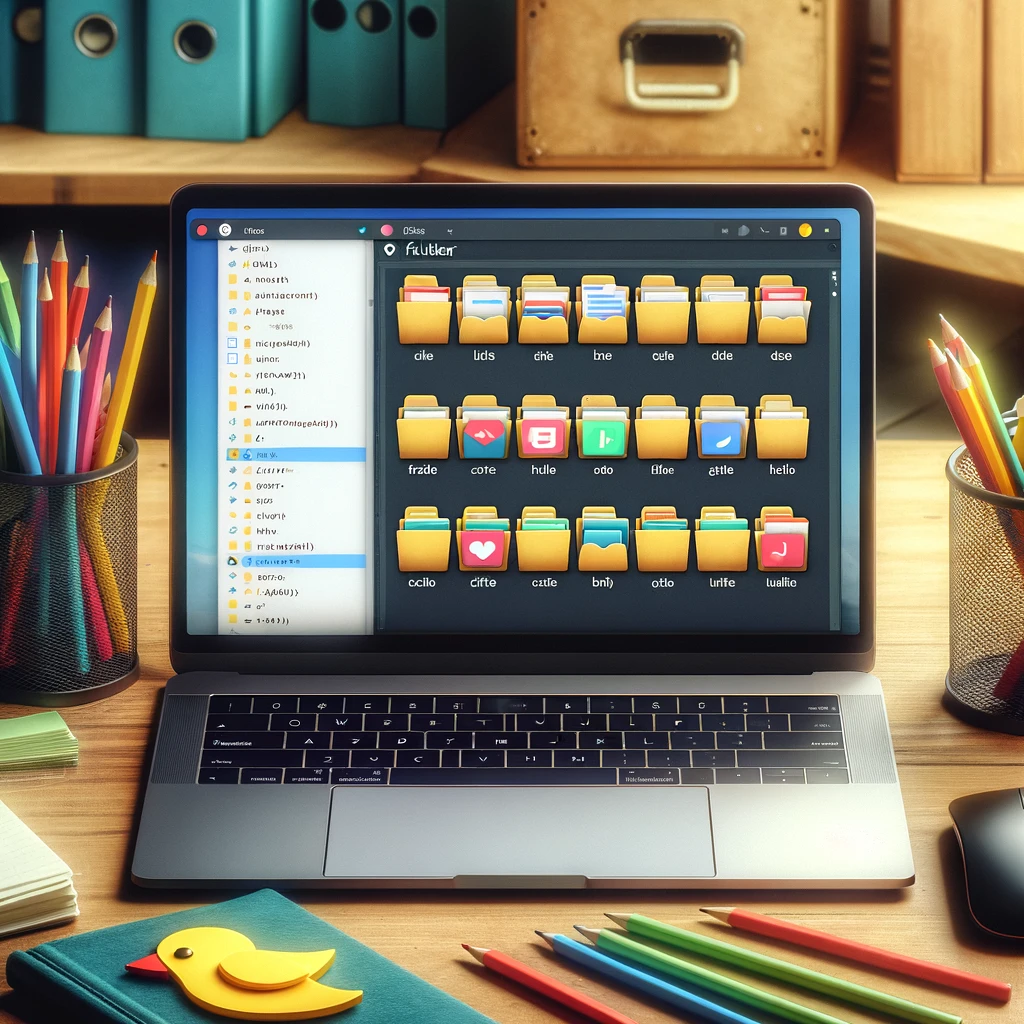Introduction
Organizing your Flutter project is crucial for maintaining a clean and efficient codebase. Proper organization not only makes your code more readable but also simplifies maintenance and scaling.
Table of Contents
Project Structure
A typical Flutter project has the following structure:
cssCopy codemy_app/
├── android/
├── ios/
├── lib/
│ ├── src/
│ │ ├── widgets/
│ │ ├── models/
│ │ ├── services/
│ │ └── screens/
│ ├── main.dart
├── test/
├── pubspec.yaml
└── README.md
Folder and File Organization
lib/folder:src/: Contains the main source code.widgets/: Custom widgets.models/: Data models.services/: Business logic and services.screens/: Application screens.
main.dart: Entry point of the application.
test/folder:- Contains test files.
Naming Conventions
Consistent naming conventions enhance readability and maintainability:
- Files: Use lowercase_with_underscores (e.g.,
home_screen.dart). - Classes: Use UpperCamelCase (e.g.,
HomeScreen). - Variables and Methods: Use lowerCamelCase (e.g.,
homeScreen).
Code Modularity
Modularize your code to separate concerns:
- Widgets: Create reusable widgets.
- Services: Isolate business logic.
- Models: Define data structures.
Pro Tip: Check out our Flutter Widgets Guide for more on creating reusable components.
Best Practices
- Consistent Indentation:
- Use 2 spaces per indentation level.
- Documentation:
- Comment your code to explain complex logic.
- Testing:
- Write unit tests and widget tests.
Conclusion
Proper code organization in Flutter projects leads to better readability, maintainability, and scalability. By following these tips, you can create a robust Flutter application.


